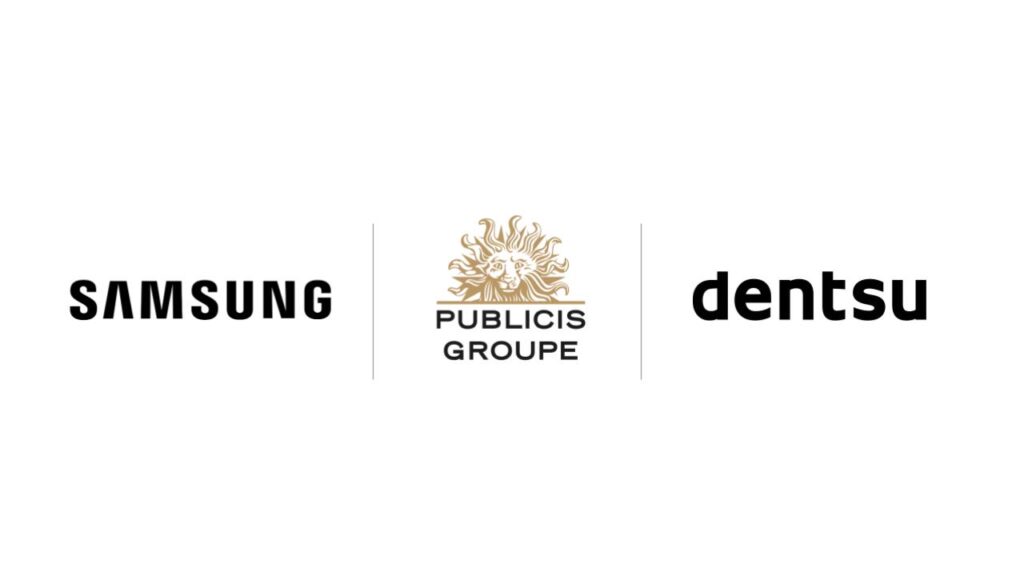Katie Streten, Experiential Strategy Director at Geometry MENA, explains how experiential is an opportunity for greater connection.

The current situation has CMOs in a bind. They are fully aware of the need to engage consumers and customers across multiple channels, and they are also aware of the benefits brought by those different channels. In other words, they are fully committed to the marketing mix. But what do you do when a crucial channel within that mix is apparently stripped away? How can you replace it? Do you even bother?
These are exactly the questions we are facing in the global pandemic. It seems to have stripped away a crucial element in the marketing communications mix – face-to-face, experiential engagements.
The value of experiential is not disputed. 87% of consumers change their opinion of a brand after an experiential marketing engagement (source: Agency EA 2018) and 65% of brands say that their event and experiential programs are directly related to sales (source: EMI & Mosaic). But when an approach works well, it’s tempting to think that’s the only way it will work. Brands, however, can’t afford to simply cancel experiential activations nor should they attempt to just translate them directly into online/digital environments. The first approach will remove a key marketing channel delivering on very specific values. The other runs the risk of switching customers off, rather than keeping them engaged. Neither of them will deliver the unique benefits that experiential brings to your overall consumer engagement. A different approach is needed and it starts with the consumer.
It sounds obvious that consumers’ lives carry on when they leave an experiential marketing space. But that’s precisely why it’s important to consider that there are many experiential touchpoints in their daily lives when we attempt to reimagine what experiential marketing can deliver.
Even with the impact of Covid-19, both b2b and b2c consumers move through experiential environments every day – streets, transport facilities, even their own homes can all be viewed as experiential marketing spaces. And while it is tougher to deliver rich experiential content in these spaces via traditional physical means, digital channels can provide an excellent content delivery platform. Extending the place of digital content delivery beyond immersive space is really only accelerating what was a growing trend for always-on experience storytelling. But digital channels also have the advantage of being wherever you are, through mobile. And users are becoming more comfortable with voice interaction, providing a conversation opportunity that brings a more human-feeling engagement to users. Siri, Alexa, and Google Home are no longer confined to the mobile interface. As they move into our homes, cars, and mobiles, marketers can start to reimagine search and e-commerce as experiential moments. Give a product or brand a voice and it becomes a persona that can offer physical learning opportunities or enhance streamed content with conversation, directions or suggestions. For example, KLM used AI with Google Home to offer advice on how to pack for the holiday and flights you just booked with them online.
Or what about using existing delivery channels to bring branded experiential moments into people’s homes to complement their online experiences delivered via conference software or YouTube Live? Or car radios that deliver an audio soundtrack to a brand launch you are watching at one of the re-emergent drive-in cinemas?
While we may be coming out of lockdown, human nature guarantees that not all your customers are going to come flooding back to your immersive environments and traditional sales conferences. Some people will be risk-averse. Preparing now to extend your definition of what experiential channels are will ensure that you are able to continue delivering effective experiential marketing. But in addition, you will expand your opportunities to reach consumers at the moments that matter to them instead of only asking them to arrange their valuable time around you. And that gives you the chance to reach and engage with more people, more effectively than was previously possible.
By expanding the vision of what makes an experience emotionally rich and commercially effective – by rethinking experiential channels – CMOs can ensure they retain the benefits of experiential marketing both now and in the months ahead.





